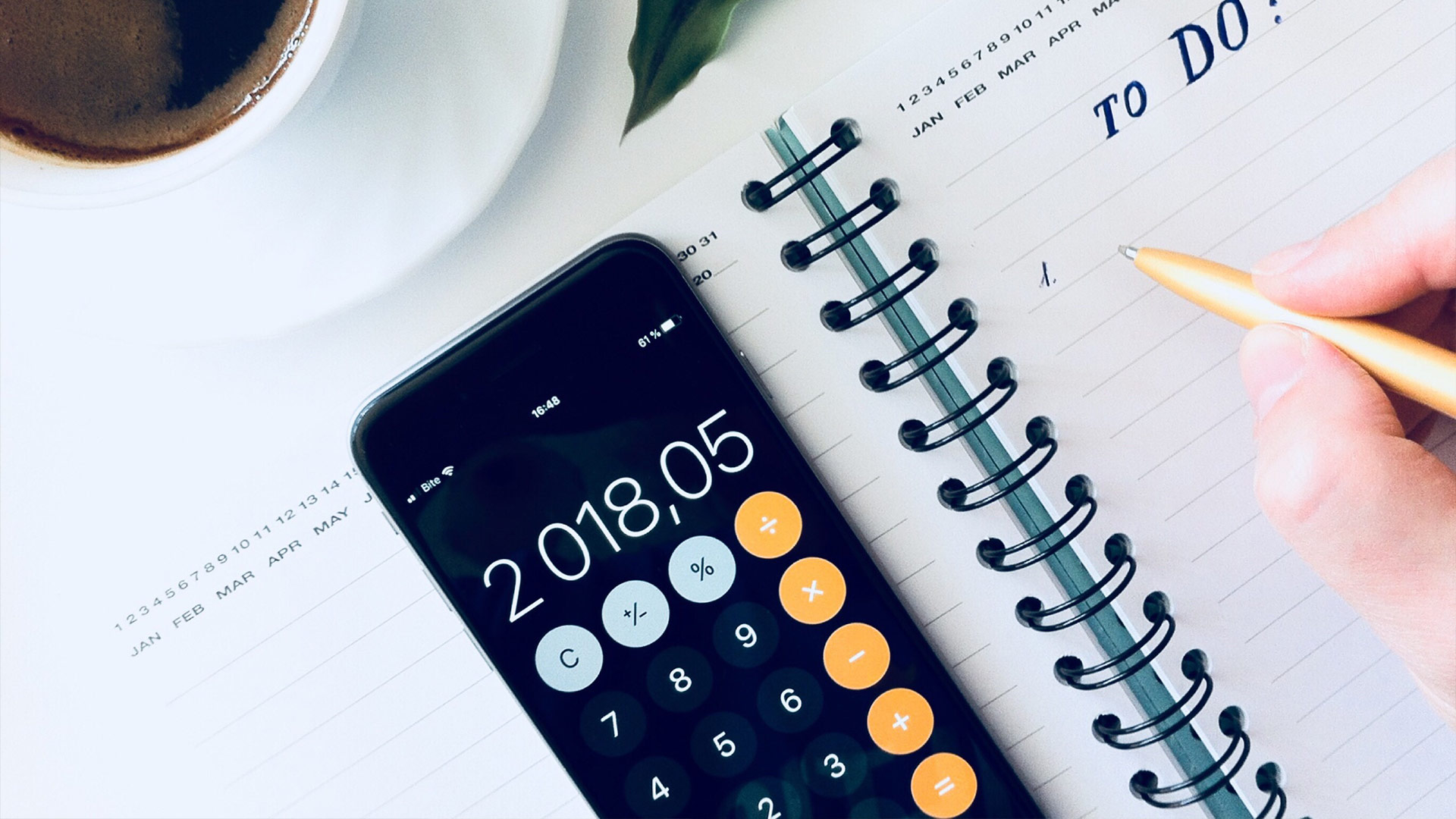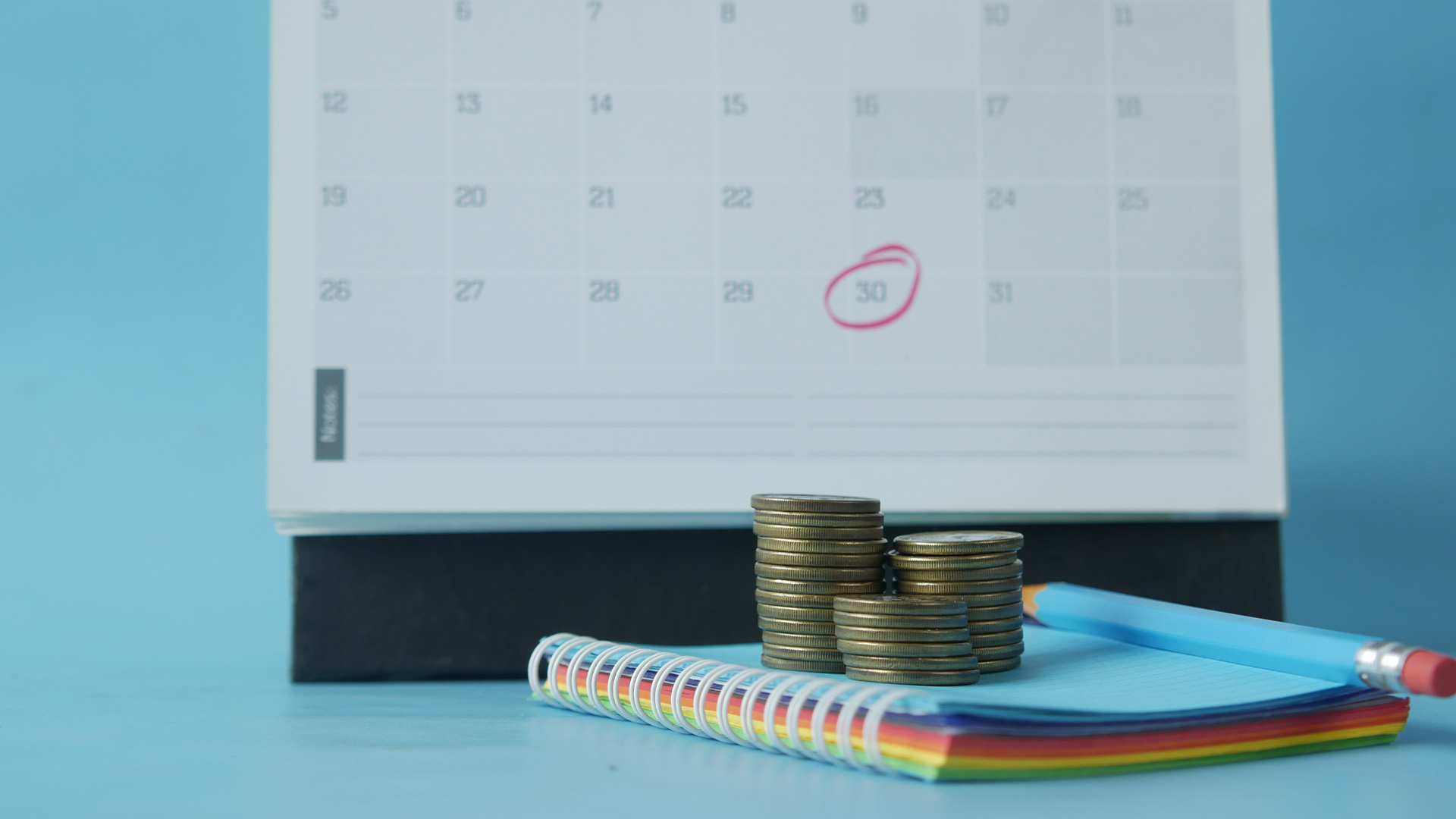Getting out of debt doesn't require elaborate spreadsheets or weekend-long money marathons. Sometimes, the most effective tools are the ones you can update in five minutes flat. A simple, consistent debt tracker that fits into your daily routine can do more for your progress than any complicated system you'll abandon in a week.
The key is finding a method that you’ll actually use--something that’s quick to update, easy to understand, and motivating to stick with. Here’s how to set up a five-minute debt tracker that keeps you focused and moving forward without feeling like a chore.
Why You Need a Simple Tracker
Debt often feels overwhelming because it’s vague. You know you owe money, but you don’t always know how much, how long it’ll take to pay off, or where to even start. A good tracker makes the invisible visible. It gives you control, structure, and the motivation to keep going.
And when it only takes five minutes to update? You’re far more likely to keep using it.
What You’ll Track (No More, No Less)
Here’s what your tracker should include--nothing more, nothing less:
- Debt name (e.g., Chase credit card, student loan)
- Total balance remaining
- Minimum monthly payment
- Due date
- Interest rate
- Last payment made
- Optional: your goal payoff date
This is the sweet spot between too basic and too overwhelming. You’ll know where you stand and what’s next--without getting lost in a sea of numbers.
Choose Your Format
You don’t need to buy anything. Choose the format that feels easiest to access and maintain:
- A Google Sheet or Excel doc
- A printable PDF you keep in a binder
- A notes app or template in your phone
- A dedicated app like Undebt.it, Debt Payoff Planner, or even your budgeting tool
The right tool is the one you’ll actually open. If you like typing into spreadsheets, go with Google Sheets. If you’re more of a pen-and-paper person, print something simple and keep it nearby.
Update It Weekly--or Daily in 5 Minutes
Set aside five minutes once a day or once a week to check in. During that time:
1. Log any payments made since your last update 2. Adjust the balance if you’ve paid something down 3. Highlight your next due date 4. Review your total debt balance so you stay connected to your progress
The repetition keeps you focused. And when you do it regularly, you catch issues early--like a forgotten due date or an unexpected fee.
Add Visual Progress (Because Motivation Matters)
Humans respond to visuals. Seeing your debt go down in a chart or coloring in a progress bar triggers the reward part of your brain. You feel momentum, which keeps you going.
Create a simple bar graph in your spreadsheet or print a debt payoff thermometer you can fill in by hand. Update it each time your balance changes. This takes seconds but gives a powerful psychological boost.
Track Snowball or Avalanche (If You’re Using a Method)
If you're following a debt repayment strategy like the snowball (smallest balances first) or avalanche (highest interest first), make a column that ranks your debts accordingly. This keeps your strategy front and center when deciding where to send extra money.
You don’t need to do the math every day--just reference your chosen order during your five-minute updates to make sure you’re still on track.
Include a Notes Section
Use a little space to jot down anything relevant:
- “Extra $100 sent from tax refund”
- “Skipped eating out to make larger payment”
- “New interest rate after refinancing”
Over time, this creates a record of your efforts and progress. When you hit a wall, scrolling back through these notes can remind you how far you’ve come.
Set a Mini Goal Each Month
Each month, set one small, specific goal related to your debt. For example:
- Pay $50 extra toward a specific loan
- Make all payments on or before due dates
- Cut one small expense to redirect the money
Add a checkbox to your tracker so you can mark it done. It’s satisfying, and it gives you focus without overwhelming you with long-term pressure.
What Makes This Work Long-Term
It’s not just about knowing the numbers. It’s about having a five-minute ritual that brings your debt into focus without draining your energy.
You’re not solving everything in one sitting. You’re simply checking in, logging progress, and staying connected to your plan. That’s what builds consistency. That’s what turns a tracker into a tool you trust--not another task to avoid.
Over time, you’ll stop feeling like you’re drowning in debt, and start feeling like you’re actively managing it--one quick check-in at a time.



